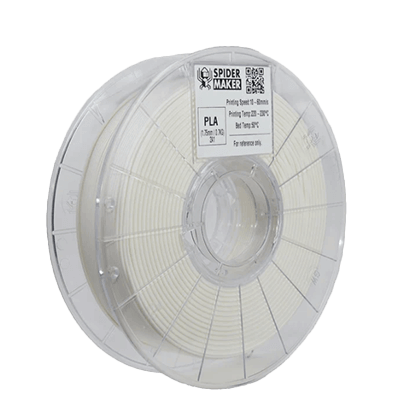What Is a Filament?

A filament is a long, continuous fiber often used in the textile industry. It can be made from cellulose or synthetic materials, producing indefinitely long threads. In contrast to short-fiber materials like cotton (staple), a filament refers to a single, unbroken fiber.
In chemical fiber production, filaments are created through spinning, with fiber thickness adjusted for different applications. These filaments are then used in textile manufacturing, either directly or as part of filament yarns.
Silk threads, for example, can be monofilament (single filament) or multifilament (multiple thin fibers), each offering different characteristics.
Uses of Filament
Filaments are versatile, finding applications in clothing, sports equipment, industrial materials, and high-density fabrics. They are used in sports nets, racket strings, fishing lines, bicycle and golf club shafts, outdoor furniture, and tents.
In industry, filaments are used in products like nets, ropes, filters, and electrical wires. Carbon fibers, a type of filament, are used in aerospace and automotive applications due to their strength and lightness.
High-density fabrics made from filament threads are used in products like umbrellas and roller screens, offering low light and water permeability.
Properties of Filament
Filament threads have a smooth surface, producing stable and smooth fabrics. They are often treated to reduce glossiness, providing a luxurious appearance. Filament yarns create finer tightly woven fabrics suitable for various applications, especially where strength is needed.
Types of Filaments
Monofilament consists of a single filament and is usually made from synthetic fibers like polypropylene, polyester, or nylon. Multifilament comprises multiple long fibers and can include microfibers.
How to Choose Filament
1. Monofilament
Monofilament is strong and suitable for applications requiring firmness, such as tennis racket strings and fishing lines. It can be dyed during production and is often used in transparent fabrics. However, it can cause discomfort if too thick.
2. Multifilament
Multifilament creates soft, supple fabrics, less prone to wrinkling, and can offer UV protection. They are used in wind-resistant jackets and various other applications but have lower strength than monofilaments and may attract surface dust.